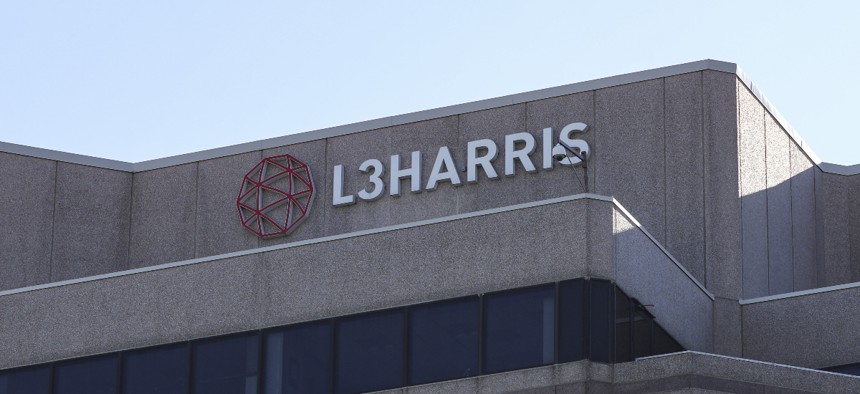L3Harris Will Develop NOAA’s Next-Gen Earth Imaging in $765M Deal

Celal Gunes / Anadolu Agency/Getty Images
The GeoXO Imager will help to observe and monitor weather, the ocean and atmosphere, among other things in a collaboration between NOAA, NASA and L3Harris as part of the GeoXO mission.
On behalf of the National Oceanic and Atmospheric Administration, NASA chose L3Harris Technologies to develop NOAA’s Geostationary Extended Observations—or GeoXO—imager, according to an announcement on Monday.
They entered into an approximately $765.5 million cost-plus-award-fee contract to develop two flight instruments with options for additional units. The contract is for an anticipated 10 year period of on-orbit operations support and five years of on-orbit storage—a total of 15 years per model. L3Harris facilities, NASA’s Goddard Space Flight Center and Kennedy Space Center will perform the work.
According to the announcement, the GeoXO Imager is the main instrument for the GeoXO mission, which will advance Earth’s observations from geostationary orbit. It will provide valuable information to address major future environmental challenges, with advanced capabilities to support the different needs of NOAA data users.
The Imager is a “multi-channel, passive imaging radiometer used to measure environmental data” to provide “real-time, high-resolution visible and infrared imagery for monitoring the Western Hemisphere’s weather, ocean and environment.” It will be used for a large range of applications related to weather, like severe storms and hurricanes, as well as aviation, natural hazards, the ocean and atmosphere. The GeoXO Imager will monitor “cloud formation, atmospheric motion, convection, land surface temperature, fire, smoke, dust, volcanic ash plumes, aerosols, air quality and vegetative health.”
The scope of the contract includes the necessary tasks and deliverables to design, analyze, develop, fabricate, integrate, test, verify, evaluate, support launch, supply and maintain instruments, as well as to support mission operations at NOAA’s Satellite Operations Facility.
The GeoXO program is the successor to the Geostationary Operational Environmental Satellites—or GOES-R series—the current environmental geostationary satellite constellation operated by NOAA to observe the Western Hemisphere.
The agencies will work to make sure the observations are in place by the early 2030s when GOES-R Series is close to the end of its operating lifespan.
NOAA and NASA will oversee the development, launch, testing and operation of the GeoXO program satellites. NOAA will fund and manage the program, operations and data products. Meanwhile, NASA and commercial partners will develop and build the instruments, spacecraft and ground system, in addition to launching the satellites for NOAA.






